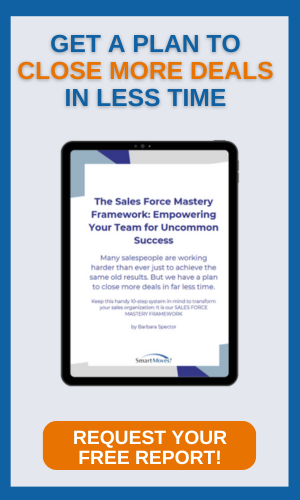Posted by LouAdlerArticles

I must be a Neanderthal when it comes to hiring. I still don’t understand why so many companies focus more on the cost of hiring rather than the impact the people hired can make. For example, consider this scenario:
· At $100,000 per person, the compensation spend for every 100 staff-level hires is $10 million every year.
· This group of 100 staff-level hires should, on average, bring in $50 million in additional revenue and about $20 million in incremental profit every year. (This assumes $500,000 revenue per employee at 40% variable pre-tax profit margin.)
· If the A-Team (those who exceed expectations) is just 25% better than the Core team (those that meet expectations), the additional profit is $5 million every year.
· The cost to hire the A-Team is modest in comparison to their impact. The first year ROI is more than 750% and 2-3X that in subsequent years.
· While you might save a few hundred thousand dollars being more efficient by hiring the “regular” 100 people, not hiring the A-Team is costing your company millions of dollars every year. Since the A-Team has lower turnover this is a gift that keeps on giving.
To better understand this impact, divide the people your company hires into these three big groups:
· Core Hires: These are the people who generally meet their performance expectations and typically represent about 50-60% of the workforce.
· The A-Team: These are the people who consistently exceed their expectations by doing more than required, doing it faster or doing it at higher quality. This is the group that also tends to get promoted more quickly and referred more often. They represent about 20-25% of the workforce.
· The Underperformers: These are the people who shouldn’t have been hired for one reason or another. They represent about 15-20% of the workforce.
To get a sense of your recruiting department’s current underlying focus, classify all current and proposed initiatives by their underlying purpose and assign it to one of these three groups. Typically the emphasis is on efficiency, compliance and mistake avoidance – hiring the Core team and avoiding the Underperformers. Rarely is it on hiring the A-Team which includes diversity hiring. With your current mix in mind, here are some ideas on how to make the ROI case for hiring more people for the A-Team.
Rethinking the Cost and ROI of Hiring the A-Team
1. Consider total costs, not just hiring costs.
Aside from the actual cost of hiring a person, few people consider the impact these people can make once hired. Even fewer consider the cost of excessive turnover and the extra time a hiring manager needs to spend managing a weaker person who needs extra support or coaching.
2. Think investment and strategy, not cost and tactics.
You’ll never be able to increase quality of hire, increase diversity hiring and raise the talent bar by being more efficient doing what you’re now doing. Developing a scarcity of talent strategy starts by dismantling one based on the assumption there is a surplus.
3. Rewrite your job descriptions by defining exceptional performance, not an exceptional person.
There are plenty of A-Team caliber people who underperform in the wrong situation, that’s why it’s important to clarify expectations up front and match people to work they find most motivating. There is no cost to do this since you’ll need to tell everyone the details about the job once they start anyway. A big plus: telling everyone about the actual job before the hire will also increase Core team engagement and performance after the hire.
4. Benchmark the A-Team to reallocate your sourcing efforts and expenses.
The A-Team does not look for or find new jobs in the same way the Core team does. Reducing job board advertising will offset some of the costs associated with having your recruiters handling fewer requisitions and spending more time on networking and passive candidate recruiting.
5. Slow down and spend more time with fewer candidates.
It takes hours spread over weeks for an A-Team caliber person to fully appreciate all of the factors involved in switching jobs. This takes a series of discussions with the recruiter and hiring manger, each one providing more insight into the career potential of the new position. Done properly, hiring managers will not need to see as many candidates to get one hired even though they’ll need to spend more time with the few they do see.
6. Negotiate on career growth, not compensation increases.
While you might need to pay a compensation premium to hire some A-Team members, this is not always necessary especially when the job is positioned as a growth move. Even better, by focusing on high potential A-Teamers, compensation rarely needs to exceed the existing budget requirements.
When a company’s hiring focus is on minimizing hiring mistakes, saving money and being more efficient, it’s hard to hire the A-Team without breaking the rules. Given the enormous ROI impact, it might be better to come up with some new rules





